Server-provided animations in iOS apps

Hi everyone! About six months ago we launched one of Badoo’s most exciting features: Live Streaming. One of its main functionalities is that viewers can send gifts to their favourite streamers to express their appreciation. We wanted to make the gifts as fancy and as engaging as possible, so it was decided to make some of them really lively, and by this I mean animated. And to engage people even more, we, the Badoo team, planned to update those gifts and animations every few weeks.
As an iOS engineer, you might have already guessed the challenge we faced here: the need to add new animations and remove the old ones was going to require a fair amount of work from the client side. We’d need both the Android and the iOS development teams for every release — which, when combined with the amount of time App Store reviews and approval often take, would mean it might be days before each update could go live. But we solved the problem, and I’m going to explain to you how.
Solution overview
By this stage, we already knew how to export Adobe After Effects (AAE) animations into the format readable by our iOS app using the Lottie library. This time though, we went a bit further: we decided to create a kind of animation storage service, available via the internet. In other words, we would store all the actual animations on the server and deliver them to the client apps on demand:
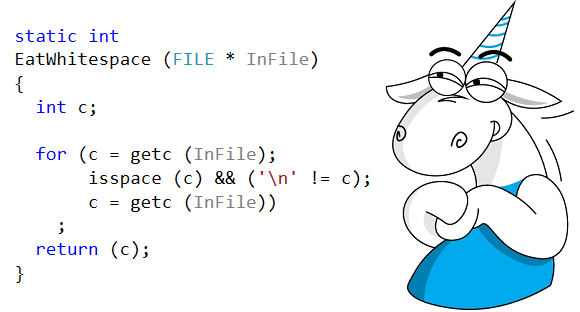


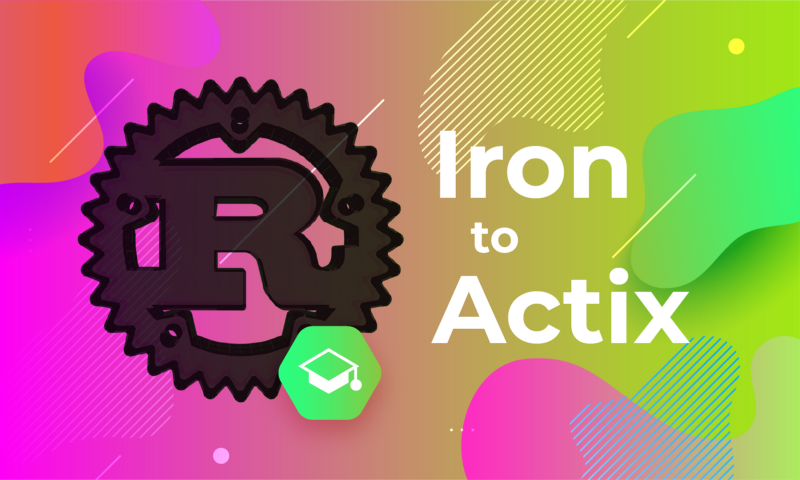


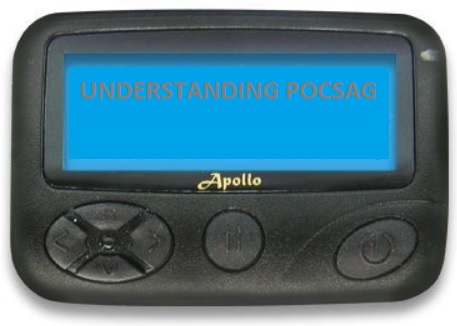

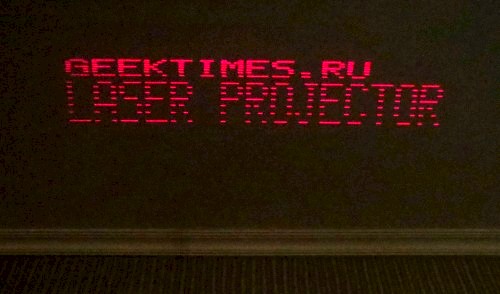
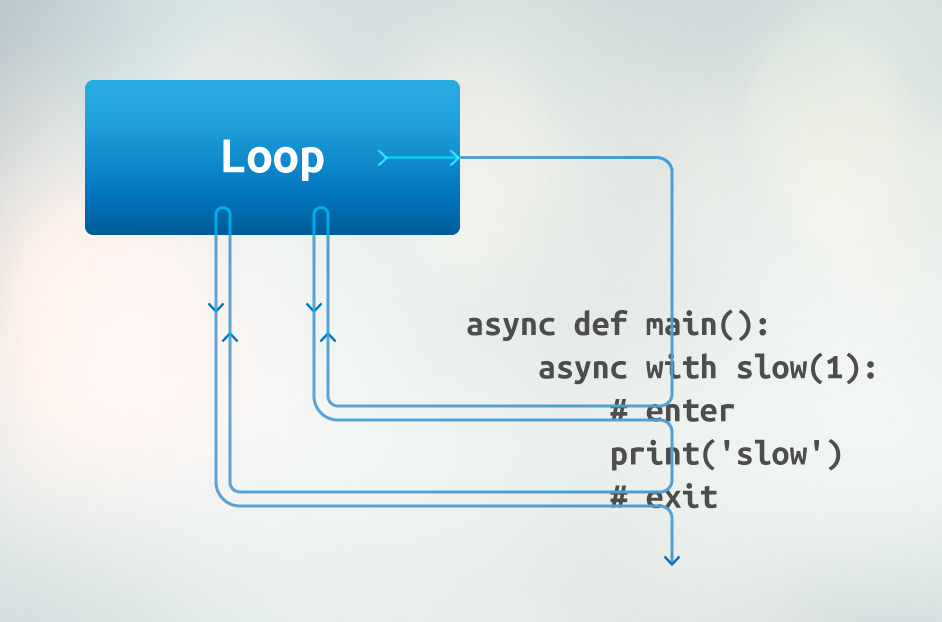

 Today we’re happy to announce the availability of our release candidate (RC) of TypeScript 3.3. Our hope is to collect feedback and early issues to ensure our final release is simple to pick up and use right away.
Today we’re happy to announce the availability of our release candidate (RC) of TypeScript 3.3. Our hope is to collect feedback and early issues to ensure our final release is simple to pick up and use right away.











